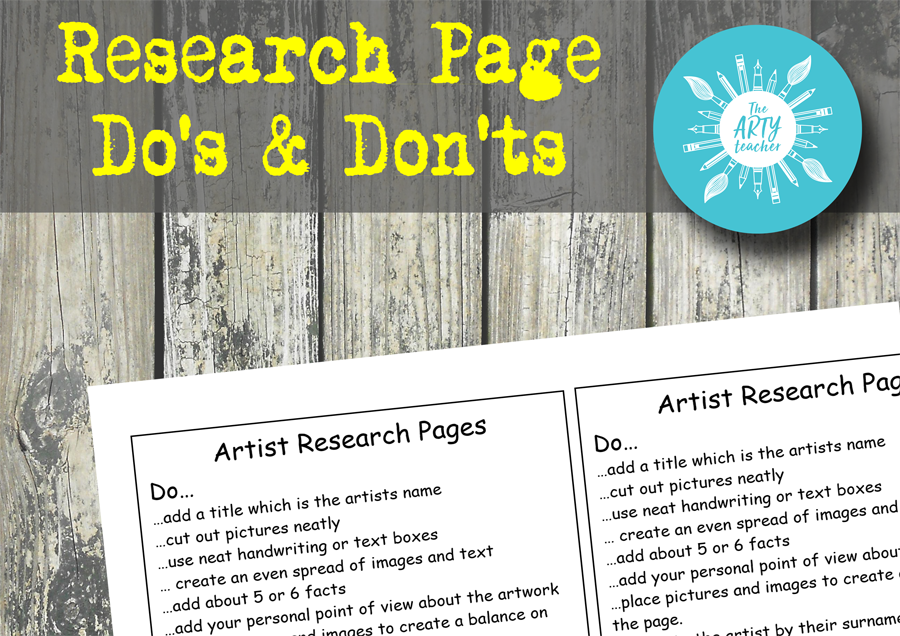
What is an Art Department Recovery Curriculum?
Are you being asked to design a recovery curriculum for your art and design department?
A recovery curriculum is a curriculum, as suggested by Barry Carpenter, CBE, Professor of Mental Health in Education, Oxford Brookes University, UK and Matthew Carpenter, Principal, Baxter College, Kidderminster, Worcestershire, UK, that uses the five levers ‘Relationships’, ‘Community’, ‘Transparent Curriculum’, ‘Metacognition’, and ‘Space’ and is a “relationships-based approach to reigniting the flame of learning in each child.” Many of us will have read about this in the past few months and a link to this ‘think piece’ is below.
In many schools, departments are being asked how they will plan their recovery curriculum, and I’ve been giving this some thought.
What is an Art Department Recovery Curriculum?
An art department recovery curriculum is a new curriculum that is planned to fill the gaps in our students learning. Lockdown has meant that students have missed out on certain parts of the curriculum either because they have not been engaging with education at all, or only been able to access some of the usual curriculum online or not been able to share the usual resources in school.
Their knowledge of artists, techniques and processes and growth of cultural capital will all have been negatively affected. A recovery curriculum plans to rectify this loss of learning and experiences.
A recovery curriculum can also be used to help with student wellbeing. The NHS suggests that learning new skills, connecting with others and being in the present moment are all good for wellbeing. These are all things that can be considered and made available in a relaxed environment in the art department.
Assessing the Gaps
The first thing to consider is what parts of the curriculum your students have missed out on. Using your usual curriculum, highlight the areas that have not been delivered. For example, you may not have been able to deliver printing lessons as students can’t share rollers and printing ink. Many schools have not allowed clay lessons to go ahead. Some activities will have been simplified for home learning. Make a list of all the things your students have missed out on. There may be some aspects of the curriculum that students have done more of. For example, my students have completed more drawing as they could easily do this at home.
Planning
It is hard to plan at the moment as we don’t know what the future holds. I would like to think that things will be back to normal in September 2021. I am keeping everything crossed. Even though students have been back in school this year, they have still missed out on many creative activities due to the ‘front facing’ set up of the classroom and not being able to share materials. When planning you have to make assumptions and I am going to plan for things to be back to normal in September. I may have to rethink but we’re all getting rather good at crisis managing our teaching.
Using the list of things students have missed out on, prioritise certain projects and techniques and processes. Plan new projects to include as many of them as you can in a small space of time. This may mean some things are not covered in as much depth, but you can only do what you can do.
Students have been isolated and this may have affected their social and linguistic skills. You may wish to plan some lessons where students talk about art. I will be using my ‘Talking About Art‘ resource which helps structure this activity.
Of course, do what you can right away but until students can share materials and move safely around the art room, some things have to wait.
Time
I believe art has been one of the hardest subjects to deliver remotely and that we have a case to request more time as things go back to normal. I would love this to be in the form of a day off timetable to do art. As mentioned above, this would be good for wellbeing and for teaching missed areas of the curriculum.
Extra-Curricular
Extra-Curricular clubs could be planned with wellbeing in mind. Mindful Zentangles, choice-based options and group work with friends are all things that you might consider.
Your extra-curricular clubs could also focus on using exciting materials that students haven’t had access to at home. Clay, painting, sculpting and printing can all make an exciting, engaging club.
If there are things that you are considering as part of your recovery curriculum that haven’t been mentioned above, please comment below.
A Recovery Curriculum: Loss and Life for our children and schools post pandemic.
5 Steps to Mental Wellbeing NHS




